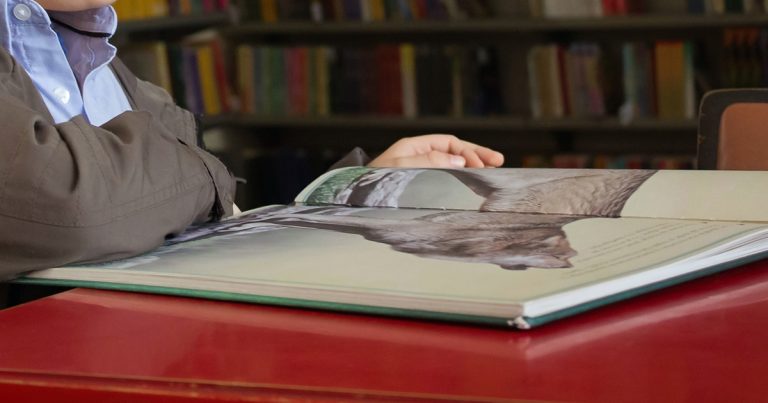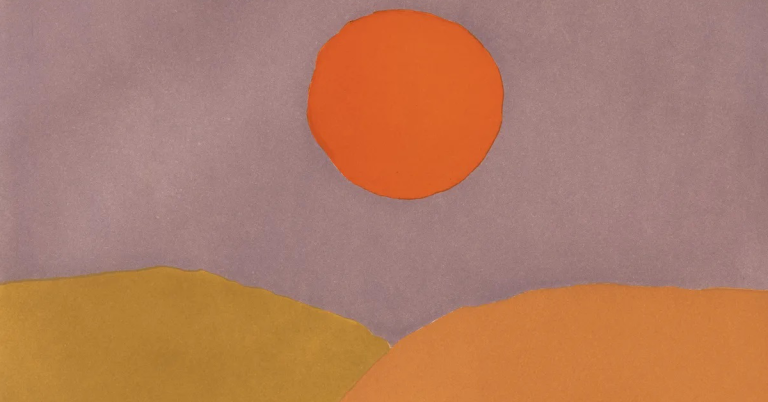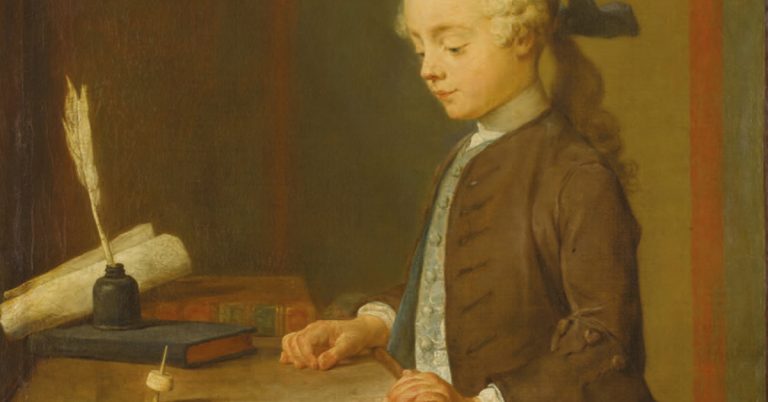
-
Updating Roman Jakobson’s ‘Poetic Function’ with Vector Semantics
Read more: Updating Roman Jakobson’s ‘Poetic Function’ with Vector SemanticsKurzynski discusses how poetry extends beyond sound and rhythm and taps into a deeper network of meanings.


Kurzynski discusses how poetry extends beyond sound and rhythm and taps into a deeper network of meanings.

By Sara Austin and Ann Wainscott We met at New Faculty Orientation in 2018. Sara was seated across a large round table from me, and during introductions she mentioned that she was a scholar of children’s literature. I immediately mentioned…

By Marek Sroka Seventy-five years ago, Winston Churchill, in what was to become one of the most famous orations of the Cold War, declared that “from Stettin in the Baltic to Trieste in the Adriatic, an iron curtain has…

by Nadje Al-Ali & Kathryn Spellman Poots It has been over 10 years that we have seen uprisings in the Middle East and North Africa, although protests and uprisings predate the recent wave that started in Tunisia in December 2010.…

When I first grappled with the questions that would in time turn into my Edinburgh University Press book Visions of Council Democracy: Castoriadis, Lefort, Arendt...

By Jacob Bates-Firth Sarah Kofman and the Relief of Philosophy (ed. Bates-Firth and McKeane) is out now as a special issue of Paragraph, 44:1 (March 2021) and concurrently in book form with Edinburgh University Press. Backdrop When John and I began to…

17 February 1954 to 21 March 2020 By John Reuben Davies (Editor, The Innes Review) A year has now passed since the death of Richard Sharpe, Professor of Diplomatic in the University of Oxford, and Fellow of Wadham College.[1] The…

By Niall Nance-Carroll Young people are a coveted demographic in politics, and they are increasingly shaping both the message and the movement of progressives. Far from being the “youth wing” of a larger adult-led activist movement (indeed, one of the…

By Brigitte Nelrich Note: This blog article has been reused with kind permission from the author. The original post can be found on the University of Nottingham blog. Almost 20 years ago, I was working at the Institute for Science and…

By Dan Taylor In October 2020, in the days leading up to the US Presidential Election, over 130 leading historians of fascism signed an open letter. They warned that democracy today is deeply imperilled. It is either ‘withering or in…